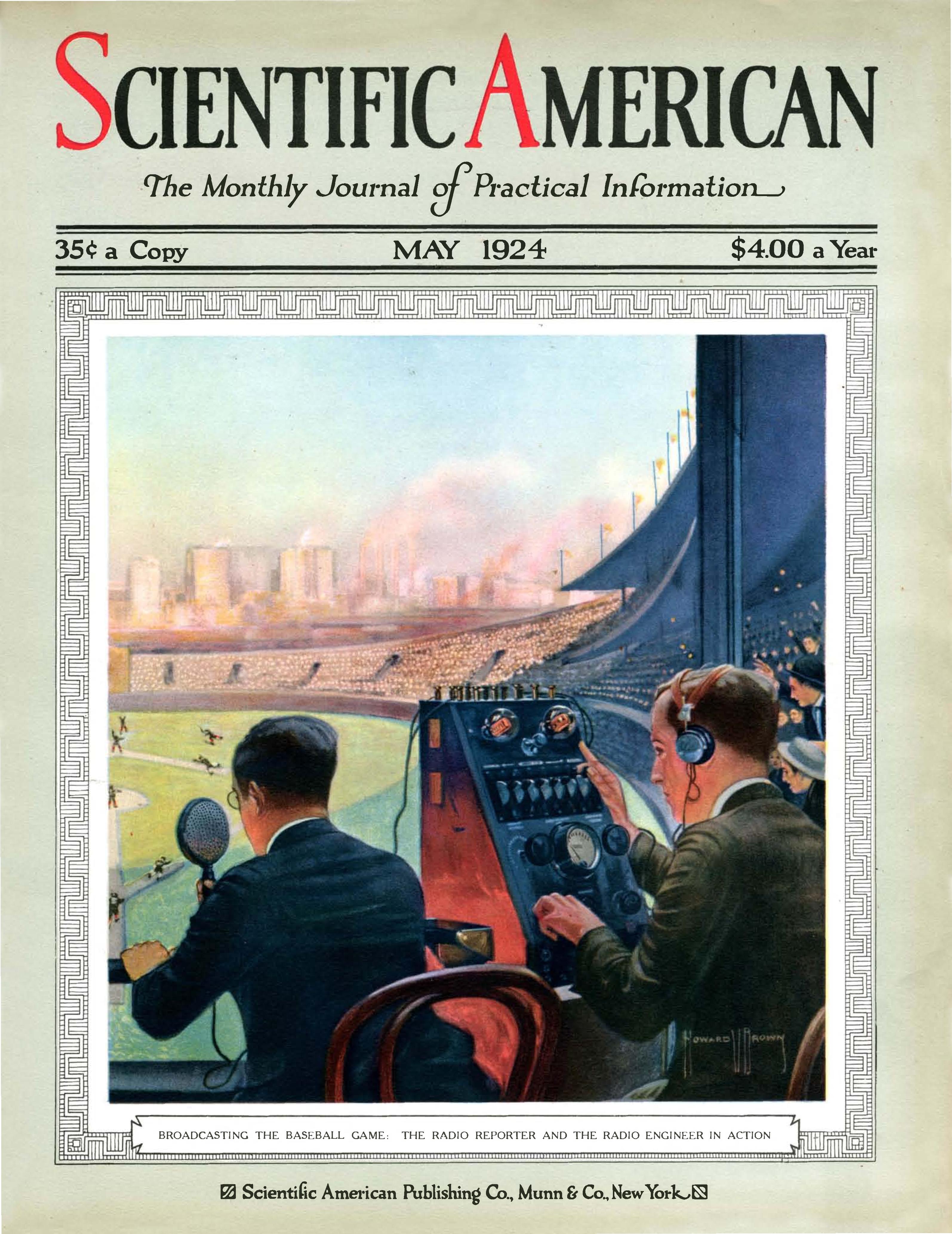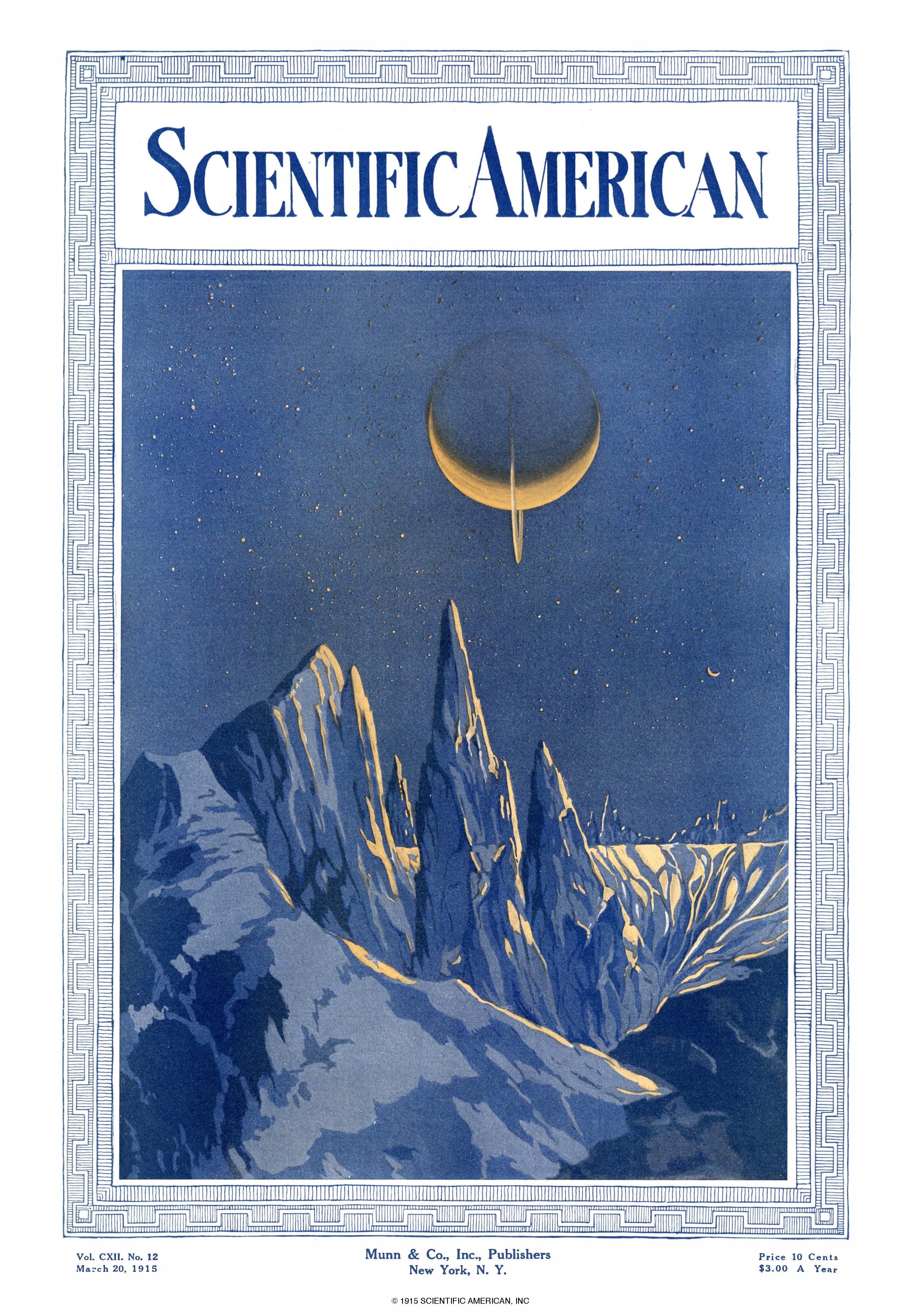| The heat is on (in the Northern Hemisphere) but we’re stuck inside (it feels like pretty much everywhere). Luckily we have some great reading for you: National Radio Day is August 20, when we honor this device that still finds a large space in the digital ecosystem. We can skip the “murder hornets” and salute the honeybee, which pollinates $15 billion in crops every year. Finally, we should look at space travel, because at Scientific American, we can.
And for our 175th anniversary year, more gems from Scientific American’s history can be found at Artifacts from the Archive.
|












Comments
Post a Comment